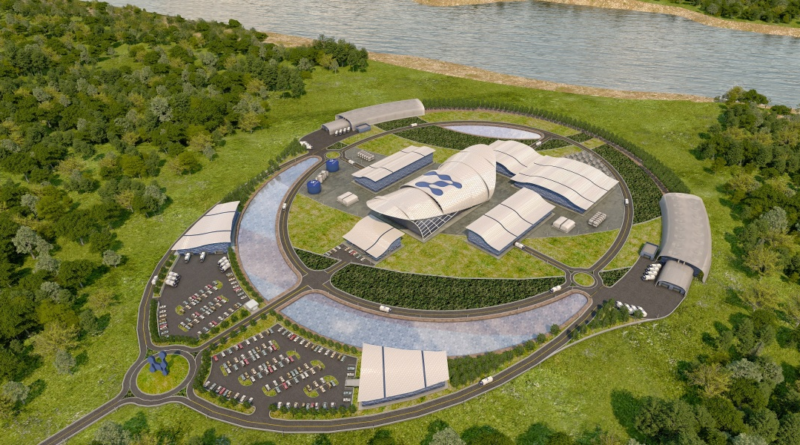Nuclear energy gets boost as small reactor design certified for use in U.S.: ‘They are real and they are ready for deployment’
The U.S. Nuclear Regulatory Commission has certified the design for what will be the United States’ first small modular nuclear reactor.
The rule that certifies the design was published Thursday in the Federal Register. It means that companies seeking to build and operate a nuclear power plant can pick the design for a 50-megawatt, advanced light-water small modular nuclear reactor by Oregon-based NuScale Power and apply to the NRC for a license.
It’s the final determination that the design is acceptable for use, so it can’t be legally challenged during the licensing process when someone applies to build and operate a nuclear power plant, NRC spokesperson Scott Burnell said Friday. The rule becomes effective in late February.
The U.S. Energy Department said the newly approved design “equips the nation with a new clean power source to help drive down” planet-warming greenhouse gas emissions.
It’s the seventh nuclear reactor design cleared for use in the United States. The rest are for traditional, large, light-water reactors.
Diane Hughes, NuScale’s vice president of marketing and communications, said the design certification is a historic step forward toward a clean energy future and makes the company’s VOYGR power plant a near-term deployable solution for customers. The first small modular reactor design application package included over 2 million pages of supporting materials, Hughes added.
However, David Schlissel at the Ohio-based Institute for Energy Economics and Financial Analysis expressed concerns about the costs. Schlissel, who has studied the history of the nuclear power industry and the finances of the NuScale project, expects they will continue to go up, which could limit how many NuScale reactors are built. He said he thinks they’re not competitive in price with renewables and battery storage.
Hughes said from wind and solar to hydrogen and nuclear, energy projects have seen cost increases due to changing financial market dynamics, interest rate hikes and inflationary pressures on the sector’s supply chain that have not been seen in decades. NuScale’s VOYGR power plant remains a cost competitive source of reliable, affordable and carbon-free energy, she added.
For many, nuclear power is emerging as an answer as states and countries transition away from coal, oil and natural gas to reduce greenhouse gas emissions and stave off the worst effects of a warming planet.
Roughly 40 serious concepts are in development for the next generation of advanced nuclear reactors worldwide. China was the first to connect a next-generation reactor to its grid to produce about 200 megawatts of electricity. A high-temperature, gas-cooled reactor began operating in 2021.
The U.S. Energy Department said it provided more than $600 million since 2014 to support the design, licensing and siting of NuScale’s VOYGR small modular reactor power plant and other domestic small reactor concepts. The department is working with Utah Associated Municipal Power Systems to demonstrate a six-module NuScale VOYGR plant at the Idaho National Laboratory. The first module is expected to be operational by 2029.
NuScale has signed 19 agreements in the U.S. and internationally to deploy its small reactor technology. Assistant Secretary for Nuclear Energy Kathryn Huff said small modular reactors are no longer an abstract concept.
“They are real and they are ready for deployment thanks to the hard work of NuScale, the university community, our national labs, industry partners, and the NRC,” Huff said in a statement. “This is innovation at its finest and we are just getting started here in the U.S.”
NuScale has also applied to the NRC for approval of a larger design, at 77 megawatts per module, and the agency is checking the application for completeness before starting a full review, Burnell said.
Learn how to navigate and strengthen trust in your business with The Trust Factor, a weekly newsletter examining what leaders need to succeed. Sign up here.


